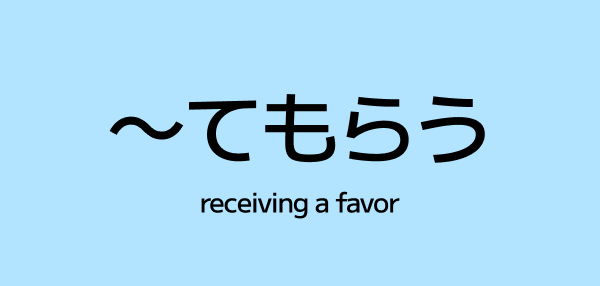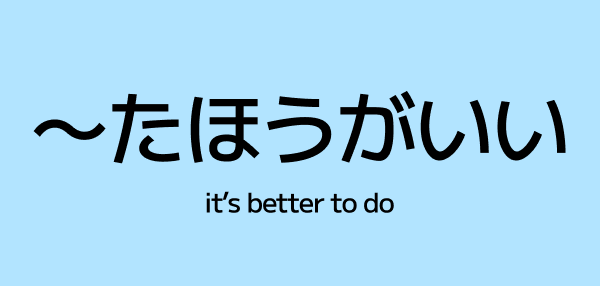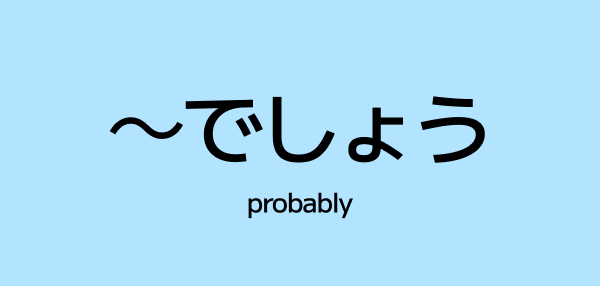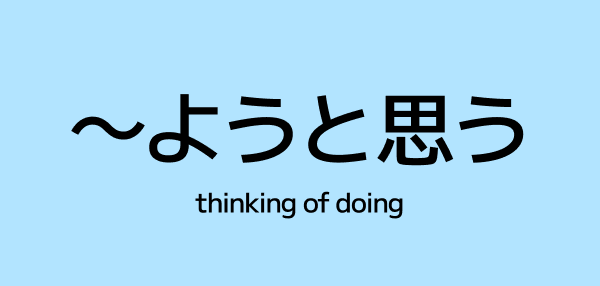~てもらう (te morau) – Receiving a Favor in Japanese

Imagine asking your coworker to check your report, or getting your friend to explain something tricky. You needed help, you received it — and in Japanese, there's a perfect way to express that: ~てもらう.
This grammar point is all about receiving help or favors from others, but with a subtle twist: it emphasizes your perspective as the receiver. It's humble, polite, and incredibly useful in everyday Japanese. Let's break down how it works!
What Does ~てもらう Mean?
~てもらう means "to receive (someone doing something)" or "to have someone do something for me."
It combines:
- The ~て form of a verb +
- The verb もらう ("to receive")
So literally, you're "receiving" the act of someone doing something for your benefit.
This grammar emphasizes:
- Your need or request for the action
- The fact that you received help or service
- A humble tone — you're acknowledging you relied on someone else
It's similar to ~てくれる (someone does something for me), but ~てもらう focuses more on the receiver's perspective and often implies you asked for or arranged the help.
How to Use ~てもらう
The basic structure is:
[Person] に + Verb (て-form) + もらう
- The particle に marks the person who performs the action for you.
- To make it polite, use もらいます instead of もらう.
Here's how to form the て-form for different verb types:
Godan Verbs (う-verbs):
- てつだう (help) → てつだって → てつだってもらう
- なおす (fix) → なおして → なおしてもらう
- おくる (send) → おくって → おくってもらう
Ichidan Verbs (る-verbs):
- おしえる (teach) → おしえて → おしえてもらう
- みる (look at) → みて → みてもらう
- しらべる (investigate) → しらべて → しらべてもらう
Irregular Verbs:
- する (do) → して → してもらう
- くる (come) → きて → きてもらう
Example Sentences
👔 先輩にレポートをチェックしてもらいました。 I had my senior check my report.
✂️ 友だちに髪を切ってもらった。 I had my friend cut my hair.
🚗父に駅まで送ってもらいました。 I had my dad drive me to the station.
📝 先生に作文を直してもらいました。 I had my teacher correct my essay.
💡 彼に説明してもらって、やっとわかった。 I had him explain it to me, and finally understood.
🏥 医者に診てもらったほうがいい よ。 You should have a doctor look at you.
~てもらう vs. ~てくれる: What's the Difference?
Both express that someone did something for you, but the nuance is different:
- Focus: The giver's kindness toward you
- Feeling: Gratitude for their initiative
- Example: 友だちが手伝ってくれた。(My friend helped me.) ← They kindly offered
~てもらう:
- Focus: You receiving the action
- Feeling: You asked for or needed their help
- Example: 友だちに手伝ってもらった。(I had my friend help me.) ← I asked/arranged it
Think of it this way:
- ~てくれる = "They did this for me" (emphasizes their kindness)
- ~てもらう = "I received their help" (emphasizes your need/request)
Both are polite and natural, but ~てもらう tends to sound more humble because it acknowledges you relied on someone else's effort.
Make it Humble with ~ていただく
When speaking politely or formally, especially to superiors, customers, or in business situations, use ~ていただく instead of ~てもらう.
いただく is the humble form (謙譲語 / kenjōgo) of もらう, meaning "to humbly receive."
Examples:
🏢 部長に確認していただきました。 I had the department head confirm it. (Very polite)
📞 お客様にアンケートに答えていただきました。 We had our customers answer the survey. (Business context)
📚 先生に推薦状を書いていただきました。 I had my professor write me a letter of recommendation. (Formal)
Quick politeness scale:
- もらう → receive (neutral)
- いただく → receive (humble, respectful)
Use ~ていただく when the person helping you is:
- Your boss, teacher, or senior
- A customer or client
- Anyone in a formal or professional context
Asking Someone to Do Something for You
You can also use ~てもらう to make requests:
- ~てもらえる? (casual) → Can I have you do this?
- ~てもらえますか? (polite) → Could I have you do this?
- ~てもらえない? (casual, softer) → Couldn't I have you do this?
For formal situations, use:
- ~ていただけますか? → Could I have you do this? (very polite)
- ~ていただけないでしょうか? → Might I have you do this? (extremely polite)
Examples:
📋 これをチェックしてもらえますか? Could you check this for me?
📦 荷物を持ってもらえない? Could you carry this for me?
✉️ メールを送っていただけますか? Could you send me an email? (polite)
🙏 少し待っていただけないでしょうか? Might I ask you to wait a moment? (very polite)
These request forms are extremely common in Japanese — they're polite, natural, and show you're asking for someone's help with humility.
Cultural Insight: The Art of Humble Receiving
In Japanese culture, acknowledging that you've relied on someone's help is considered humble and appropriate. Using ~てもらう (or ~ていただく) shows you're not taking others' efforts for granted.
This is especially important in:
- Business situations: When a client, partner, or superior does something for you, ~ていただく is the standard. It shows respect and professionalism.
- Academic settings: When professors or seniors help you, ~ていただく is polite and appropriate.
- Daily life: Even with friends, ~てもらう can express that you genuinely needed their help and appreciate it.
⚠️ Be careful with tone: While ~てもらう is humble, overusing it or using it in the wrong context can sound overly formal or distant with close friends. In casual situations, ~てくれる often sounds warmer and more natural.
Try It Yourself!
How would you say these in Japanese using ~てもらう?
"I had my friend teach me Japanese."
"I had the teacher look at my homework."
"Could you help me with this?" (polite)
✅ Answers:
友だちに日本語を教えてもらいました。
先生に宿題を見てもらいました。
これを手伝ってもらえますか? (or: いただけますか? for more polite)
Key Takeaways
- ~てもらう = "to receive someone doing something for me" or "to have someone do something"
- Uses particle に to mark the person who does the action
- Emphasizes the receiver's perspective — you needed or asked for help
- More humble in tone than ~てくれる
- For formal/polite situations, use ~ていただく instead
- Common in requests: ~てもらえますか?/~ていただけますか?
- Related grammar:
- ~てくれる → someone does something for me (emphasizes giver's kindness)
- ~てあげる → I do something for someone
Receiving help gracefully is an art in Japanese — and ~てもらう is your tool for expressing it with humility and respect! 🙏
Related Grammar
Build Your Japanese Foundation
Keep your momentum going with bite-sized guides for the core writing systems.
Learn Hiragana(ひらがな)
Master the basic script for native Japanese words, particles, and verb endings so grammar patterns click faster.
Go to Hiragana Guide →Learn Katakana(カタカナ)
Get comfortable reading foreign words, brand names, and emphasis so you can recognize more vocabulary everywhere.
Go to Katakana Guide →Save Grammar & Vocabulary with Bento Japanese
Create a free account to get weekly reads, save vocabulary to your Collections, and track your progress.




